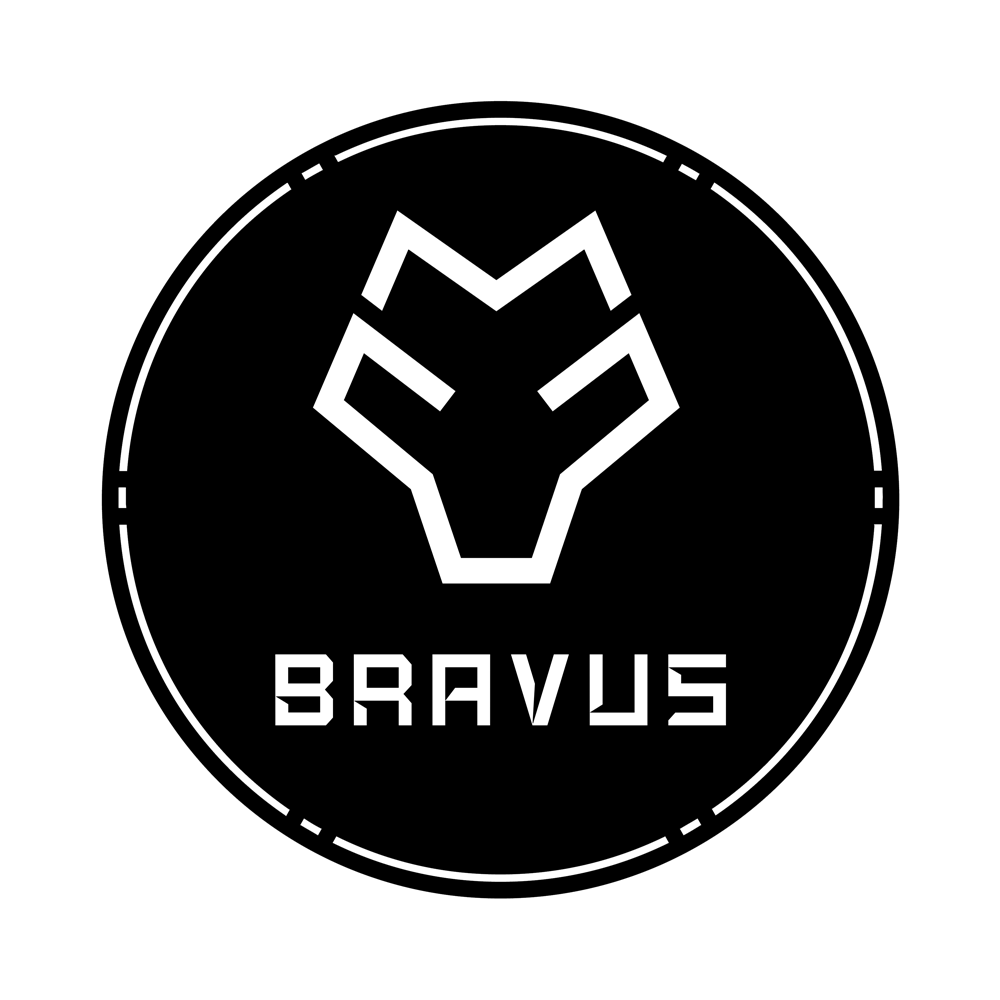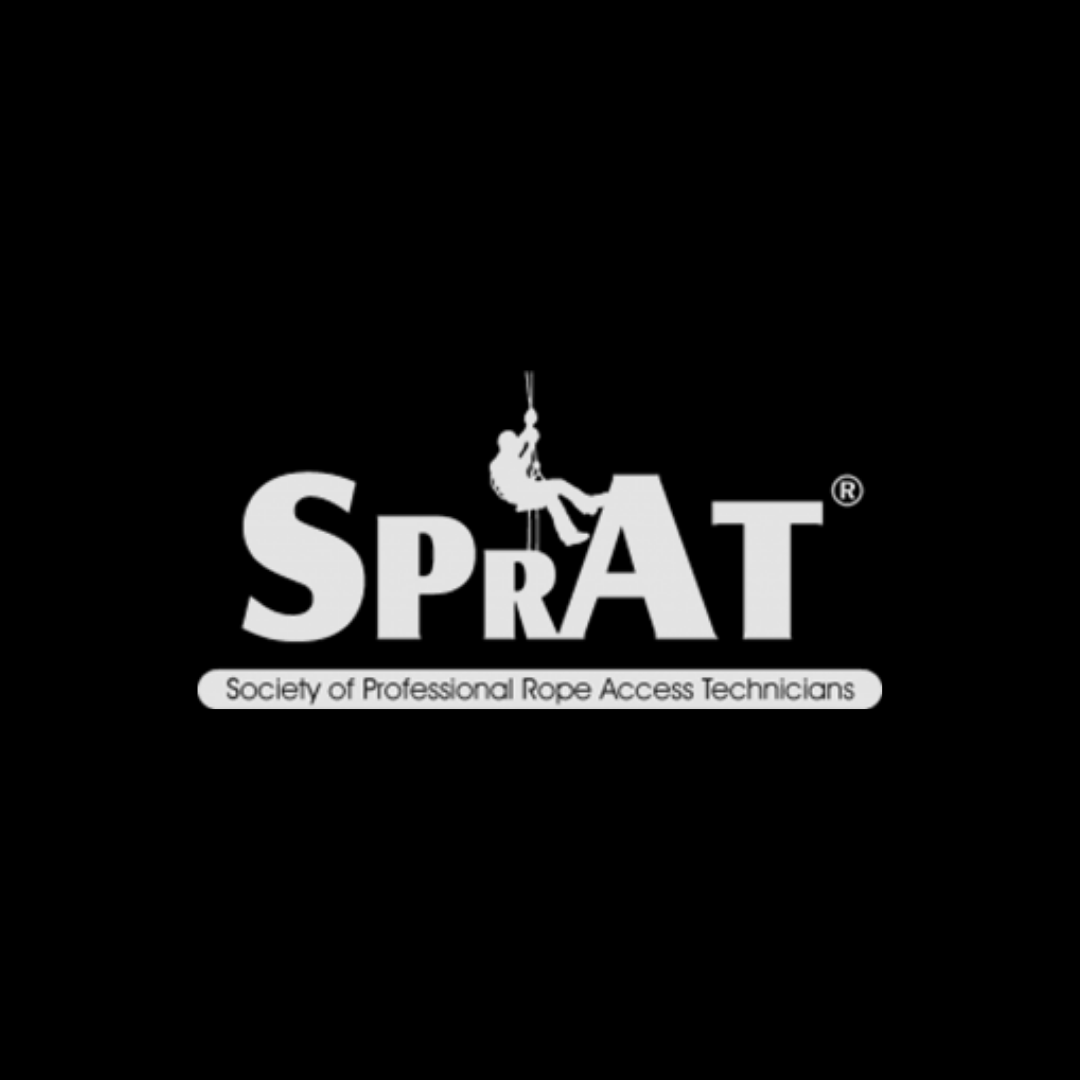
Identifying and Mitigating Risks in Rope Access Work
May 26, 2023 – In: #RopeAccess #bravusgroup #HeightSafety #IndustrialClimbing #WorkAtHeight
Delve into the various risks associated with rope access services, such as falls, equipment failure, weather conditions, and environmental hazards. Discover effective risk mitigation strategies and the significance of ongoing risk assessments.
Safety is the foundation of our rope access company, and it is crucial to identify and mitigate risks associated with rope access work. In this blog post, we will delve into the importance of risk assessment, highlight common risks in rope access operations, and provide strategies to mitigate those risks. By prioritizing safety and adopting proactive measures, we can ensure the well-being of our technicians and the success of every project.
The Significance of Risk Assessment
Before initiating any rope access project, a thorough risk assessment is essential. This process involves identifying potential hazards, evaluating their severity, and developing effective strategies to mitigate risks. A comprehensive risk assessment enables us to plan and execute rope access operations with utmost caution.
Common Risks in Rope Access Work
While each project presents unique challenges, there are common risks associated with rope access work. It is crucial to be aware of these risks and take appropriate measures to address them. Some of the key risks include:
a. Falls: Falling from heights is one of the most significant risks in rope access work. Proper fall protection measures, including the use of harnesses, lifelines, and anchors, are essential to prevent accidents.
b. Equipment Failure: Equipment failure can occur due to various factors such as improper maintenance, wear and tear, or incorrect usage. Regular inspections, maintenance protocols, and adhering to manufacturer guidelines can help mitigate this risk.
c. Weather Conditions: Adverse weather conditions such as high winds, rain, or extreme temperatures can impact rope access operations. Monitoring weather forecasts and having contingency plans in place are essential for ensuring the safety of technicians.
d. Communication and Coordination: Effective communication and coordination among team members are crucial for safe rope access operations. Miscommunication or lack of coordination can lead to accidents or delays. Clear communication protocols and regular team briefings help minimize this risk.
Strategies to Mitigate Risks
To mitigate risks in rope access work, several strategies can be implemented:
a. Training and Competency: Comprehensive training programs ensure that technicians have the necessary skills and knowledge to perform rope access tasks safely. Ongoing training and certification programs help maintain competency levels and keep up with industry advancements.
b. Equipment Inspection and Maintenance: Regular inspection and maintenance of equipment are essential to identify any potential issues or defects. Adhering to manufacturer guidelines and industry standards ensures the reliability of equipment during rope access operations.
c. Job-Specific Risk Assessments: Conducting job-specific risk assessments before each project helps identify and address potential hazards unique to the site and scope of work. These assessments enable the development of appropriate control measures and contingency plans.
d. Emergency Response Planning: Having well-defined emergency response plans in place is crucial to handle unforeseen incidents. These plans should include rescue procedures, communication protocols, and the availability of appropriate rescue equipment.
Continuous Improvement and Feedback
Regular review and evaluation of rope access operations contribute to continuous improvement. Encouraging feedback from technicians, conducting post-project debriefings, and implementing lessons learned help identify areas for enhancement and refine safety protocols.
Conclusion: Identifying and mitigating risks in rope access work is essential to ensure the safety of our technicians and the successful completion of every project. By conducting thorough risk assessments, implementing proper safety measures, and fostering a culture of continuous improvement, we prioritize the well-being of our team and maintain the highest standards of professionalism.
Stay tuned to our blog for more insights into risk management, safety practices, industry updates, and success stories. Together, let’s navigate the world of rope access with caution, vigilance, and a commitment to the well-being of our team and clients.




